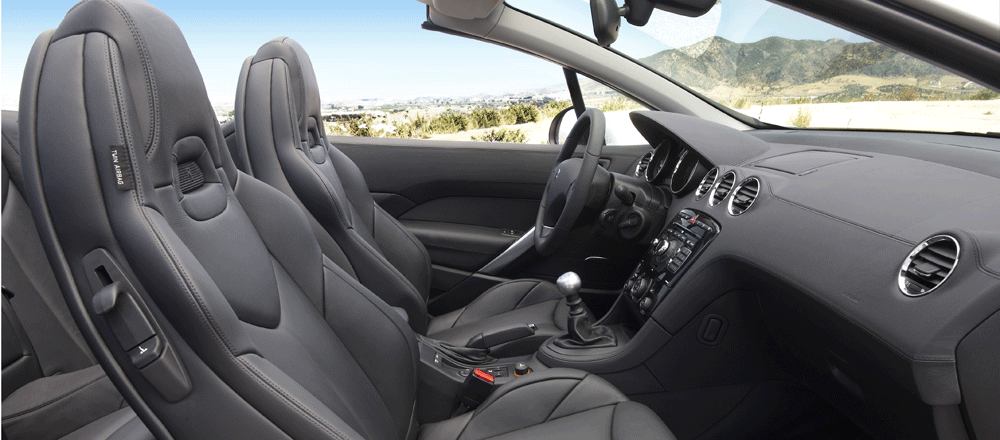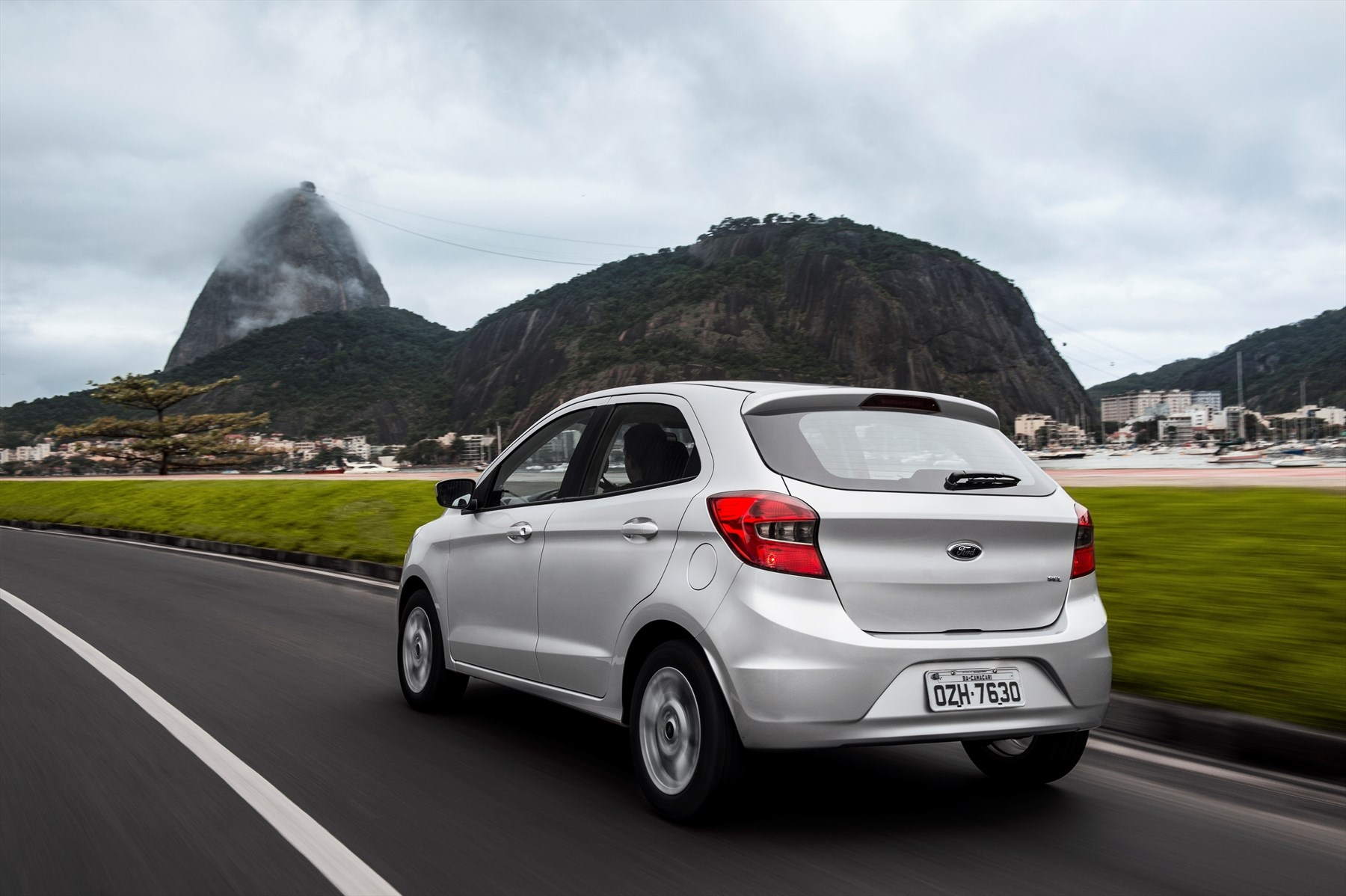SOLID FIRST MONTH PERFORMANCE FOR TOYOTA
- Toyota dominates local sales
- Hilux leads LCV sales and 2nd best seller overall
- Domestic market shows resilience
| Market segment | Jan 2014 | Jan 2015 | % change |
| Passenger vehicles | 38,374 | 36,982 | -3.6% |
| Light commercial vehicles | 12,704 | 13,460 | 6% |
| Medium commercial vehicles | 773 | 637 | -17.6% |
| Heavy commercial vehicles | 267 | 320 | 19.8% |
| Extra Heavy commercial vehicles | 765 | 820 | 7.2% |
| Bus | 65 | 87 | 33.8% |
| Vehicle exports | 13,845 | 16,708 | 20.7% |
| Overall market (local) | 52,948 | 52,306 | -1.2% |
Domestic market sales reached 52 306 units during the first month of 2015, with Toyota scooping 21% of these sales (11 191 units). Toyota is number 1 in sales for January 2015 overall. Toyota as a brand achieved the top selling position in both total Passenger and Light Commercial Vehicle sales for January this year. From an export perspective, Toyota contributed 4 201 units (25%).
Toyota’s top performers include Hilux, which was also the overall top-selling vehicle in 2014 – during January this stalwart sold 2 605 units; while its stable mate, Fortuner, recorded 721 units. Another solid performance from Quantum Ses’fikile (at 1 222 units), Corolla/Quest combo (2 354 units) and the affordable entry-level Etios (1 820 units) rounds off the company’s sales success.
“The modest decline of 1.2% in overall domestic sales compared to January 2014 shows great resilience in a tough market marred by slower economic growth and exchange-rate-induced new vehicle price increases,” says Calvyn Hamman, Senior Vice President of Sales and Marketing at Toyota South Africa, adding that Toyota’s industry forecast for 2015 is a modest 630,000 units. The reduction in the fuel price did, however, bring a positive outlook from consumers. This will probably keep inflation growth in check and bring stability to interest changes.
The proposed new taxation on company vehicles could also swing employees from company cars into the car allowance option, resulting in higher sales. Companies preferring their employees to remain on the Company Car option, will have to purchase the vehicles before the tax year end on 28 February 2015 to remain at the lower taxable rate.
“The upward trend in particularly the SUV and passenger segments bodes well for the remainder of the year. Having said that, however, economic pressure remains and consumers are cautious about incurring additional debt,” he says. Hamman points out that there has also been a move towards used vehicles which can be attributed to price increases on new vehicles and the availability of good quality used stock at an affordable price.






